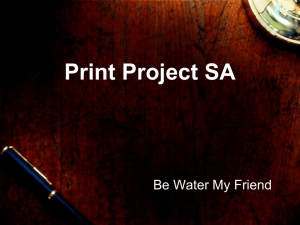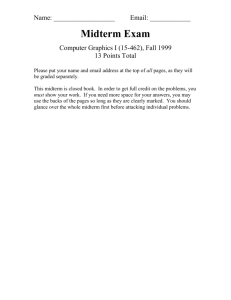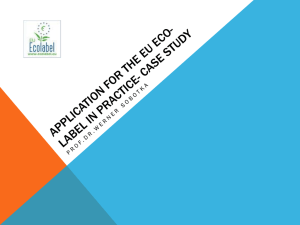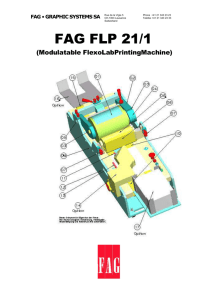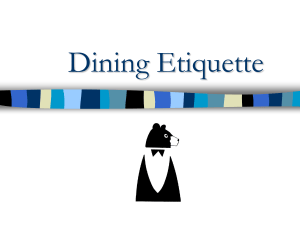2.3 Use of ICT in Advertising
advertisement
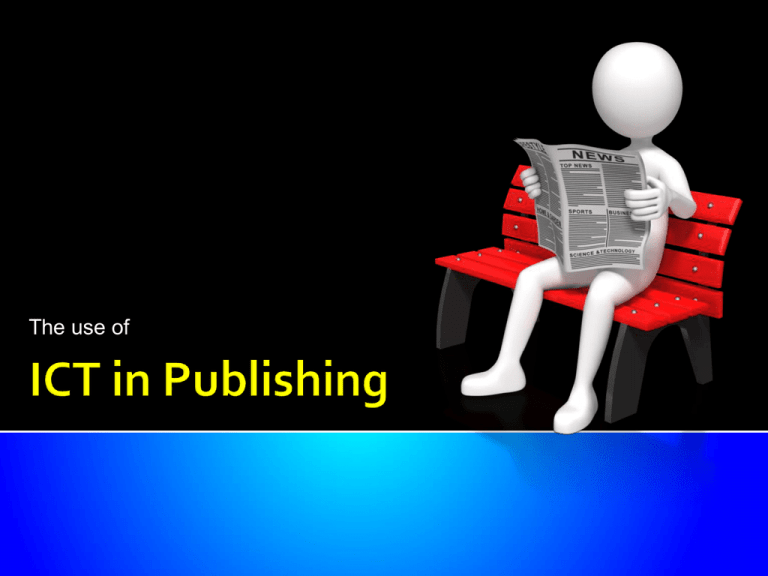
The use of 1 2 3 4 5 6 • Journalists have to create/ type up their news story. They may also prepare images • They then send their story (and images) to the editorial office • Articles are edited by the editorial staff • Page layout is created – all stories & images are put together • Proof read for accuracy • Newspaper can be printed Correspondents send in their stories from the location of the story – done by email Received at the editorial staff- they collect and send the stories to the newspaper journalists at the main office. Page layout of the newspaper is created The process is then completed when the document has been edited to remove any mistakes. A difficult job involving the layout of the page. Must be easy to read Correct fonts and sizes including the difference between body text and headings Kerning defined (character spacing) Leading (line spacing) Length of lines/column widths Font sizes are not changed to make a document fit the space – the story is edited Once the design is complete and accepted by the editor the page must be sent to the printing plant It could be sent by A special type of fax Satellite CD WAN • • After the accepted layout of the page is received and is approved, it is then sent to the printing plant. There are two main ways of doing this: 1. 2. 3. 4. Page is printed Image is burned onto a light-sensitive film Page placed in large fax machine The image is transferred to the print plant 1. 2. 3. The newspaper is completed in digital form This is then sent to the satellites It is then transmitted by the satellite to various printing plants (Owned by the company) Images from negatives are transferred to printing plates 2. Ultraviolet light passes through the film negatives; exposing the printing plate 3. A chemical reaction occurs 4. This causes the light-sensitive coating on the aluminium to develop an image. 1. 1. 2. Aluminium plate is fixed into printing press. This press consists of 3 rollers: a. Plate cylinder b. Blanket cylinder c. Impression cylinder 3. Aluminium plates are flexible bend around the plate cylinder Roller with plate attached has ink directed onto it 5. This then rotates against the blanket cylinder (this is rubberised -> roller forms an image on the plate roller) 6. Blanket roller presses against the paper the image is printed 4. The third roller presses paper against the blanket cylinder 7. Large sheets printed (copies of the news paper) cut into separate versions of the newspaper. 6. Newspapers are distributed Expert systems used for routing the delivery trucks Satellite navigation systems (GPS) used by delivery drivers

